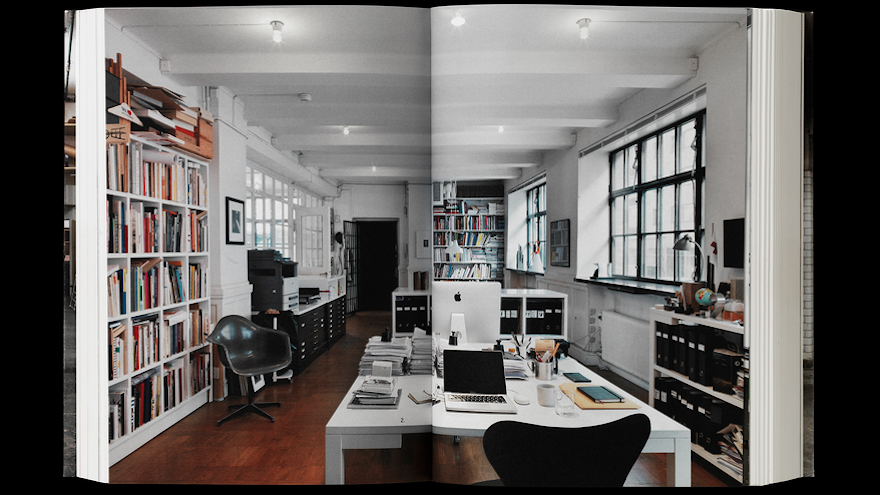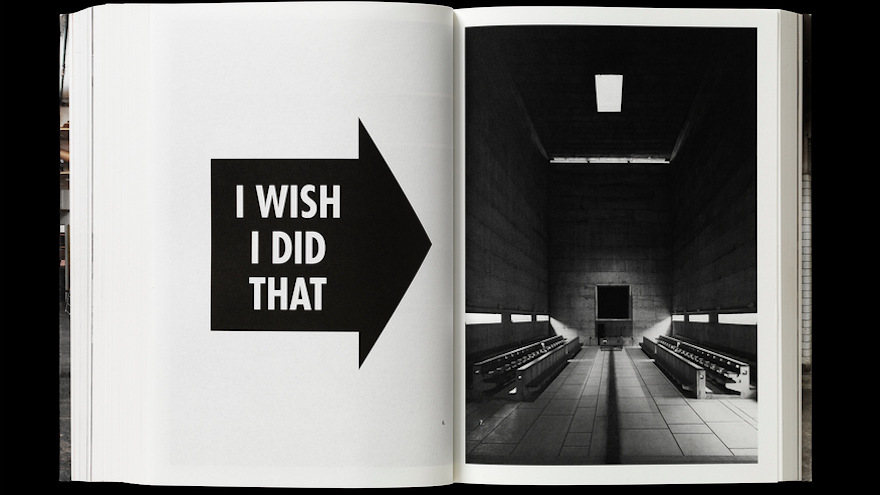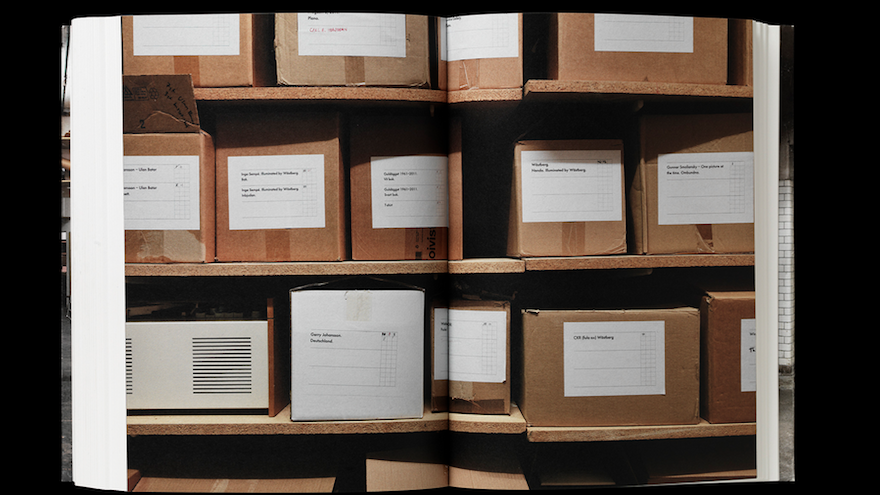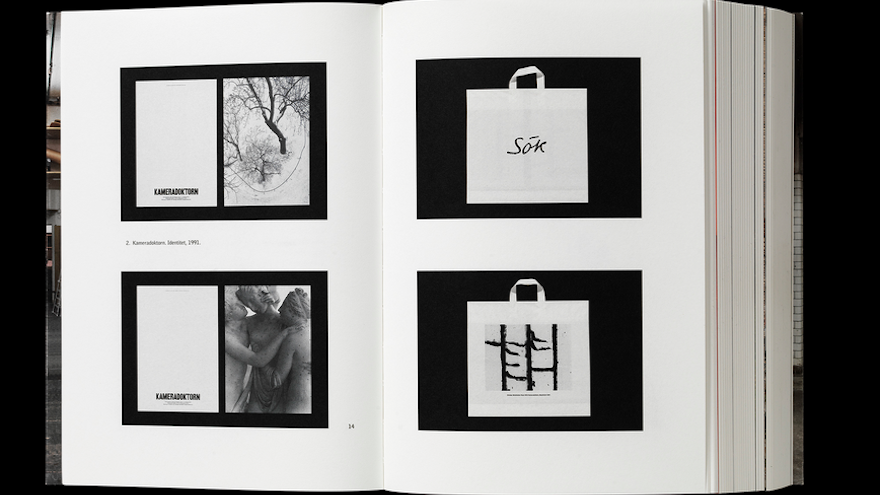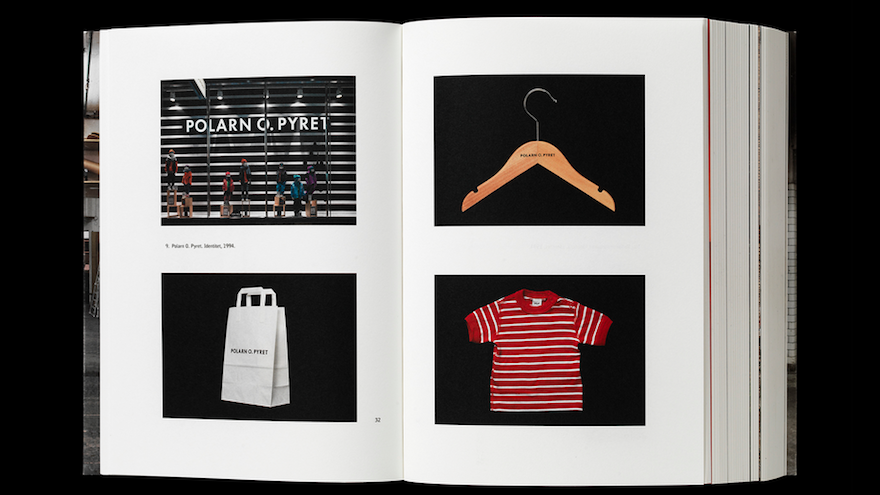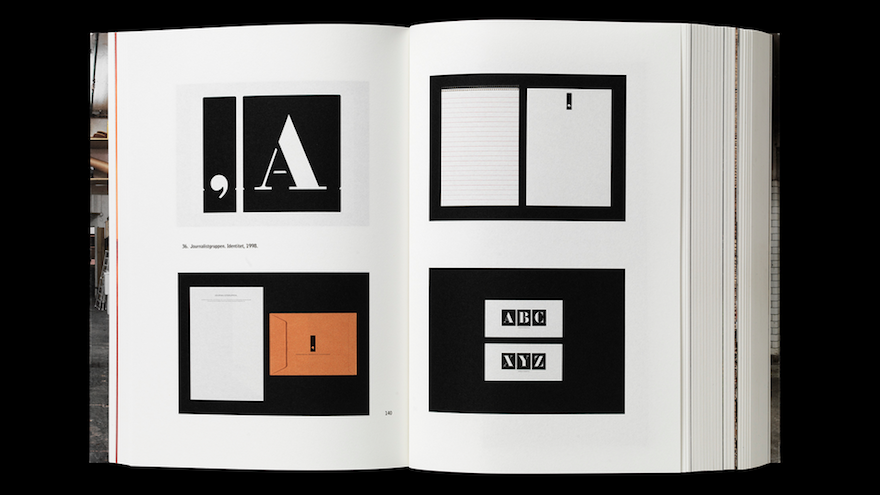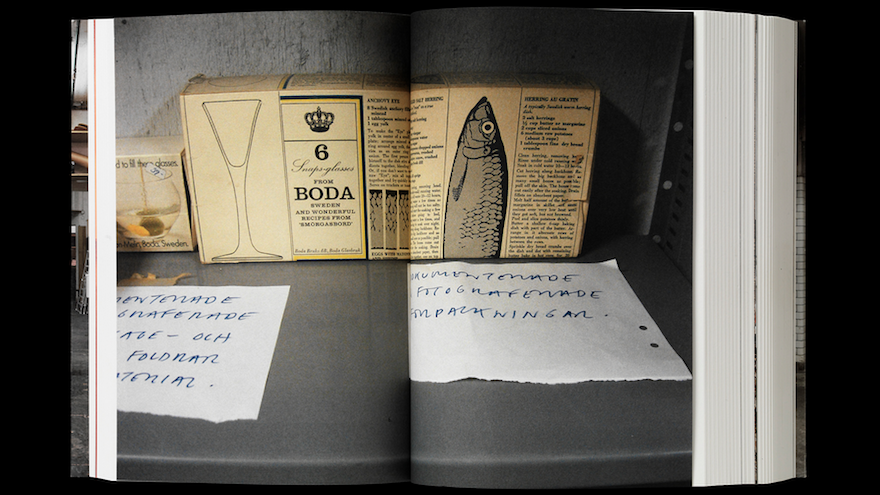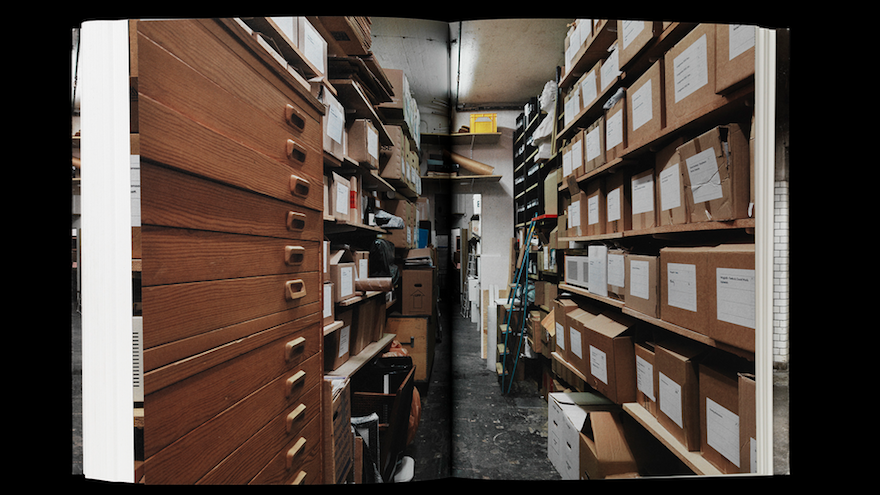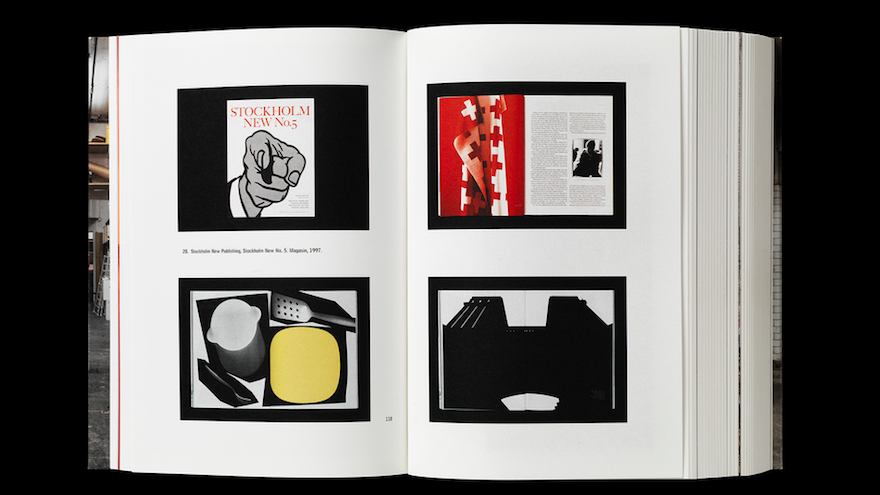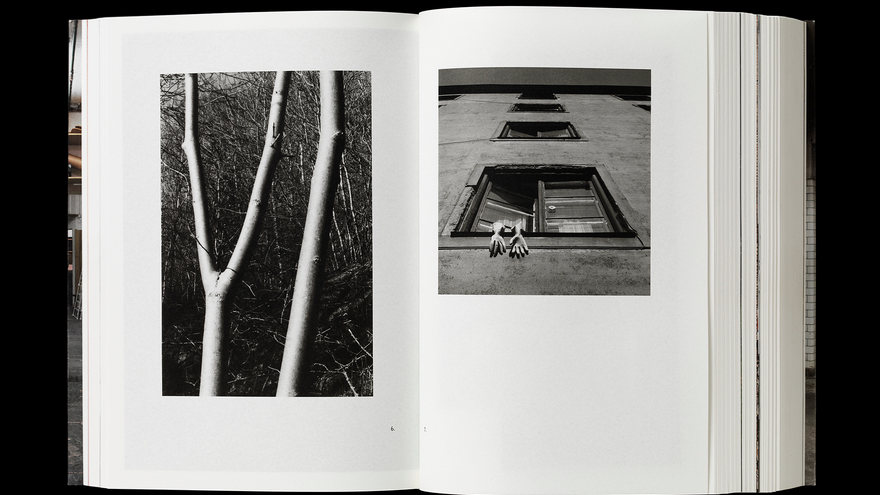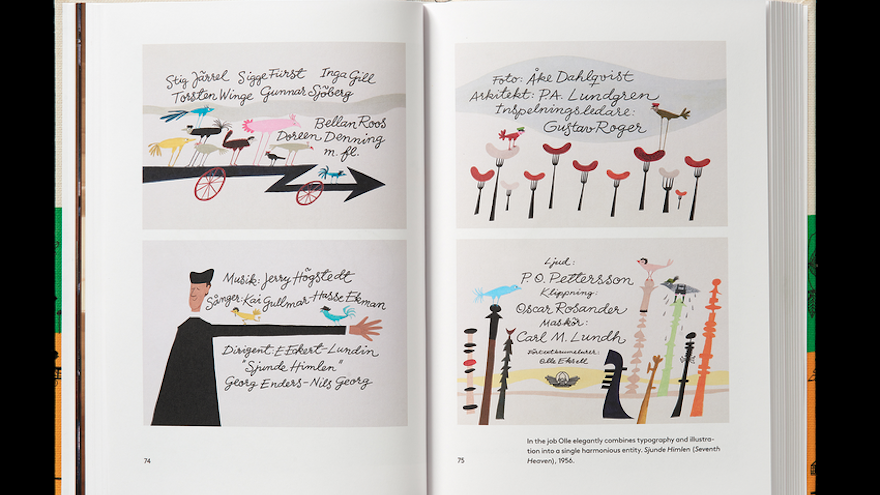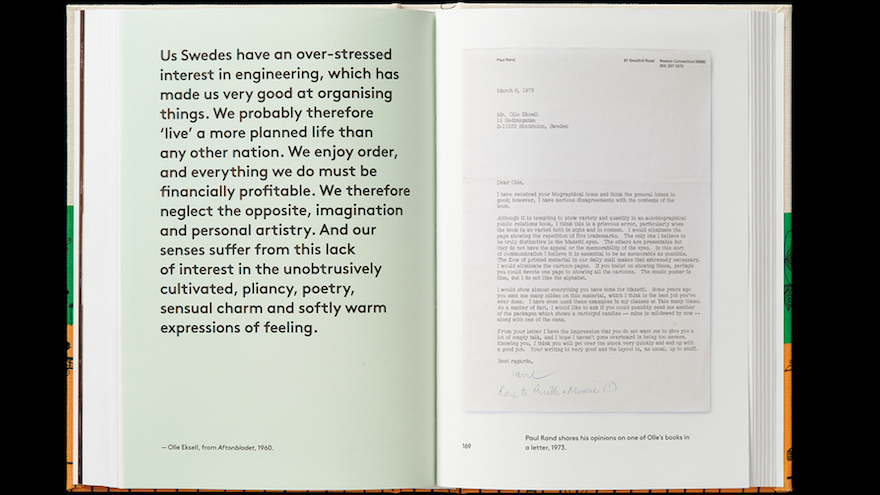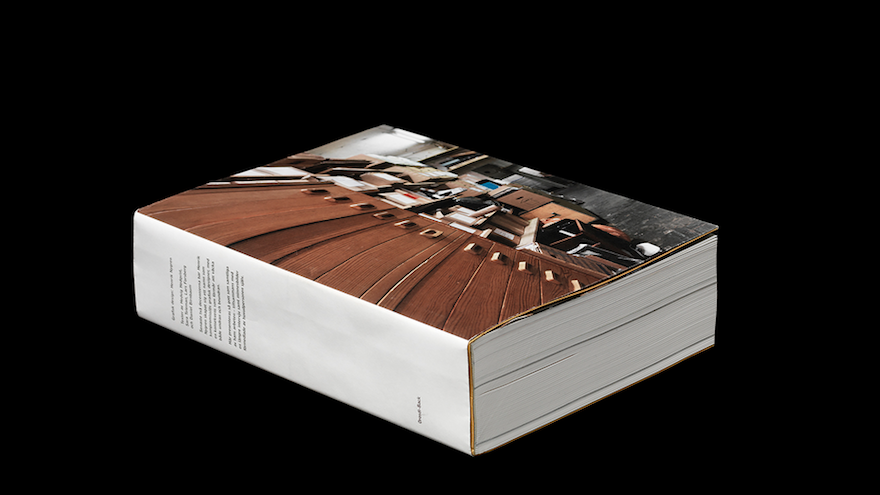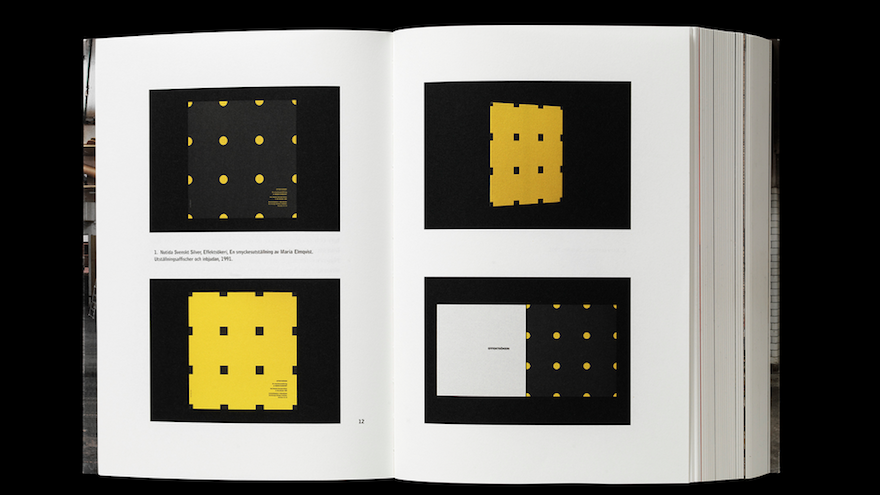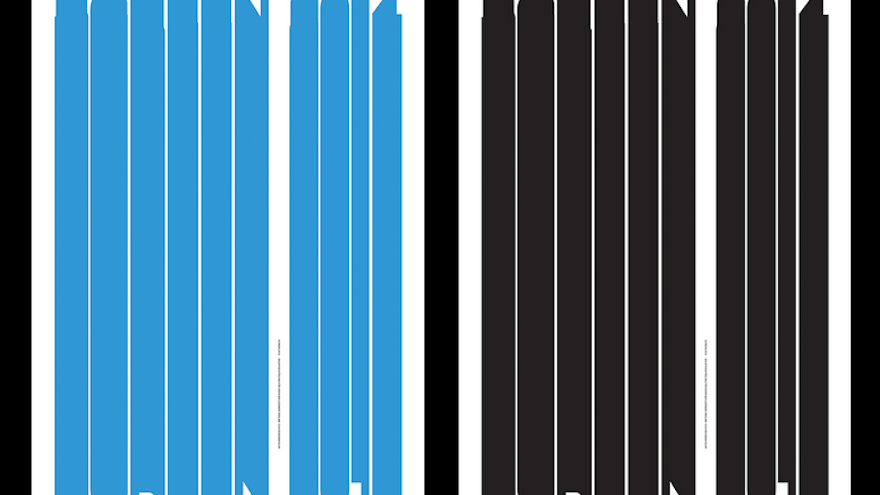Over the more than 20 years that Henrik Nygren has been designing books, identities, branding, exhibitions and communications, he has – quite incredibly – never used a computer.
“I am turning 52 and I still haven’t used a computer once for doing any kind of work at all, except for email and writing letters,” says Nygren, one of Sweden’s foremost book designers who runs his own design studio, Henrik Nygren Design, in Stockholm.
Instead, Nygren works alongside highly computer-literate colleagues who translate his ideas and develop them.
“I’m more interested in the discussions with everyone involved and making the most out of every project and each circumstance than anything else,” he explains.
“I am perhaps working more like an architect who respects the work of a carpenter or anyone else involved as a specialist in the project we are involved in.”
“It’s almost a religious thing designing and producing a book. It cannot end up being something just printed. It is a form of communication, clearness and direction.
A great book cover is like the façade of a great building.
“You know by holding a book in your hands just like you do the door handle of a building that this will be right. Or wrong.”
Nygren is clearly a romantic when it comes to the tactility of books. And at a time when everything is so easily and rapidly changeable, there is something comforting about the weight and permanence of a book.
“I am not against the digital world at all. It is necessary for everything we do. But, in the end, if I could decide between a book being printed and bound or being published as an ebook or a pdf somewhere, I would always take the printed version.”
If you posted an oil painting as a pdf somewhere, then great – it is the same picture with wider accessibility, but there is something about the real thing that I always think will be more interesting.
Old-fashioned? Perhaps, but this is a man who is working with paper in a progressively more digital age.
“I am interested in books,” says Nygren. “One thing is because they are very permanent. The book is an old-fashioned thing that is still very much in fashion. And with certain techniques it is possible to make it very contemporary. The aspect that a book will be around for a long time makes it even more interesting. And difficult.”
For every project that Nygren undertakes he requests 25 copies of the final work. They populate his archive, two levels below the ground floor of his studio in Stockholm.
“I think it is important to keep the work you’ve done around you. Some people keep it on a hard drive somewhere, but I want to see the real thing of what I’ve done.”
Archiving his work is vey important to him.
If it is good enough to be archived – in the long corridor, a massive place stacked with boxes – if it is fit to go in there, then it is good enough.
"I can enjoy going down there after these 20 years and find myself looking at something like a book, and saying to myself, ‘I wouldn’t change much and I am still pretty happy with every page’.”
Nygren uses the archive to set himself a working standard: a reminder that the final design will need to survive his own critical eye in the years to come.
Nygren set up his studio after being fired from an advertising job in 1991 as Sweden was hit by the financial crash. He was an art director at the time, but his path into design has not been a conventional one.
“I slipped into the business of design by accident, through things other than design,” he says.
I like organising and structuring projects. As a boy I loved to organise my pens and paper systematically.
"I took off [after compulsory military service] as a clerk at a big financial company. I found it very interesting to organise things for others.”
This trait has seen him rise to become one of Sweden’s foremost book designers, often working with Phaidon Press, Birkhäuser Verlag and museums and galleries such as David Zwirner in New York, the Baltic Centre for Contemporary Art in northeast England and Stockholm’s Moderna Museet.
Nygren’s 896-page book on his own work, Grafisk design: Henrik Nygren, was published by Orosdi-Back in 2014 and has won several prestigious awards, including a Graphite Pencil in the D&AD Professional Awards’ Book Design category and the Swedish Book Award.
His studio has worked predominantly with clients in the art and architecture worlds but further afield, too. Among the many awards he has received over his career, he was the recipient of the 2007 Platinum Egg and Berling Awards, and his work has been exhibited in Tokyo and Sweden.
Nygren’s style is elegant and simple, guided by the principles of fellow Swede, Olle Eksell (1918–2007).
“Eksell published his book, Design=Ekonomi, in 1964. He had a very clear order to the way he worked. This was to plan, sort, refine, organise, and calculate – before starting to design anything. I still believe this is the way to do it. Perhaps even more today.”
“If things are too rigid or precise it becomes dead. In the end it has to be straight and honest and focussed.”

